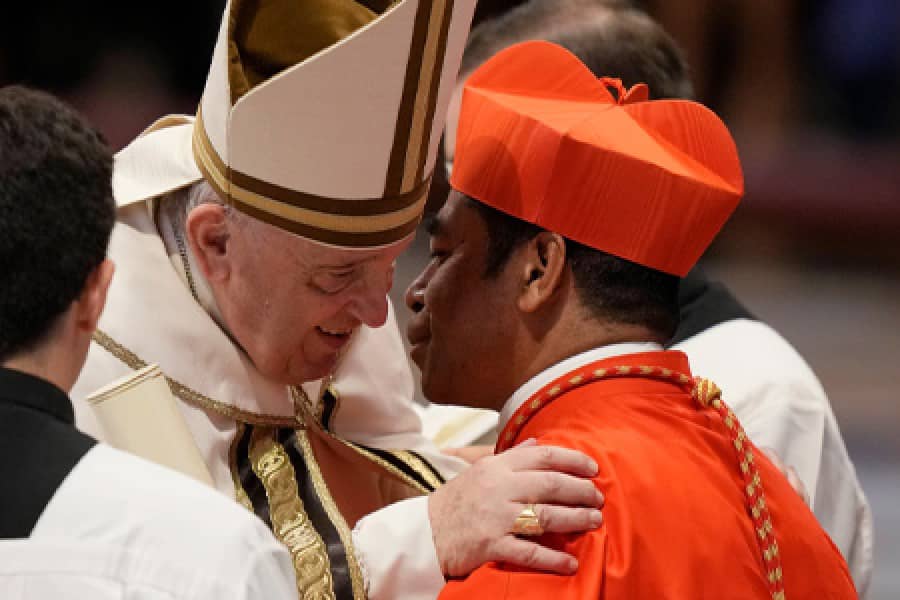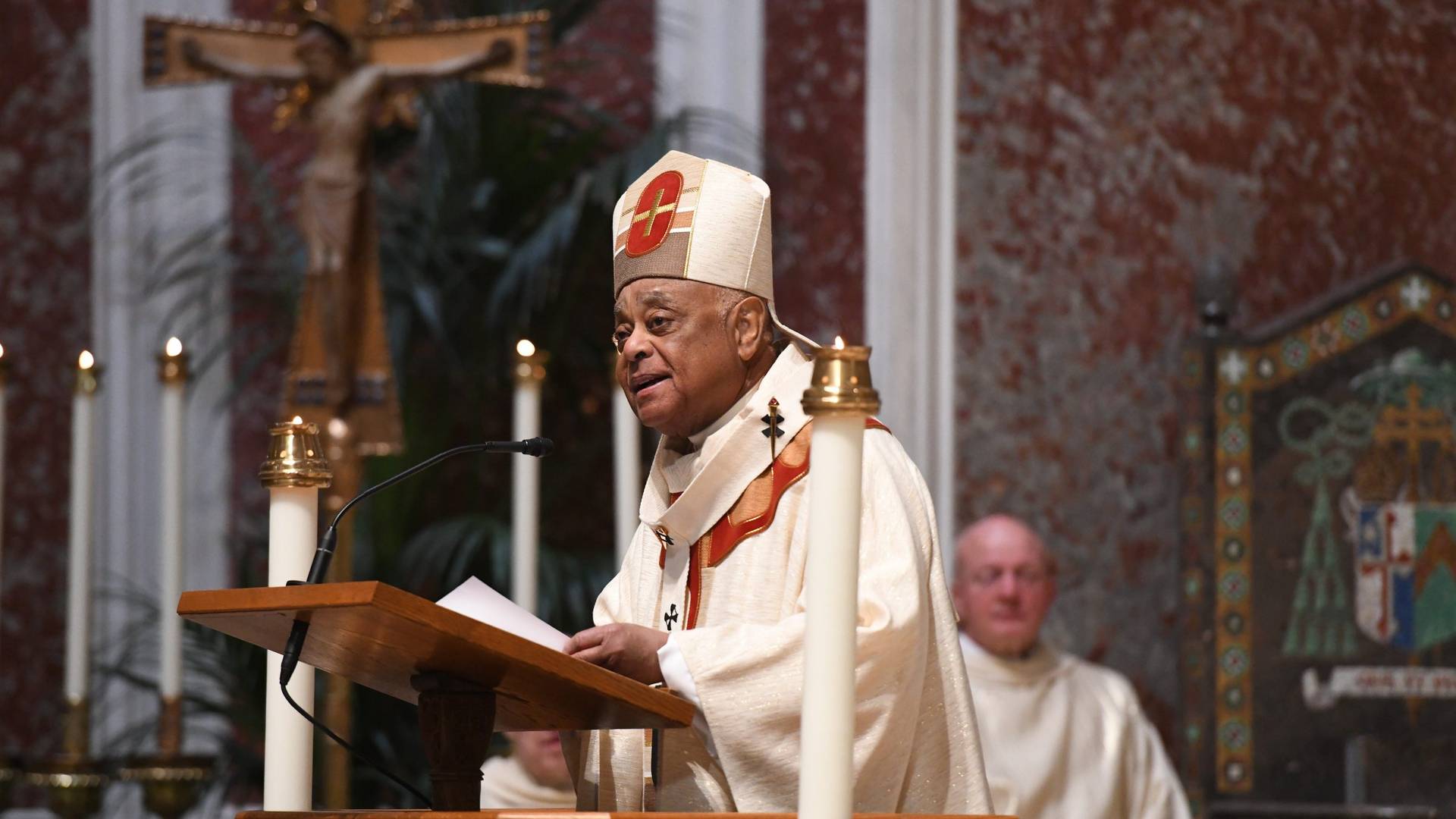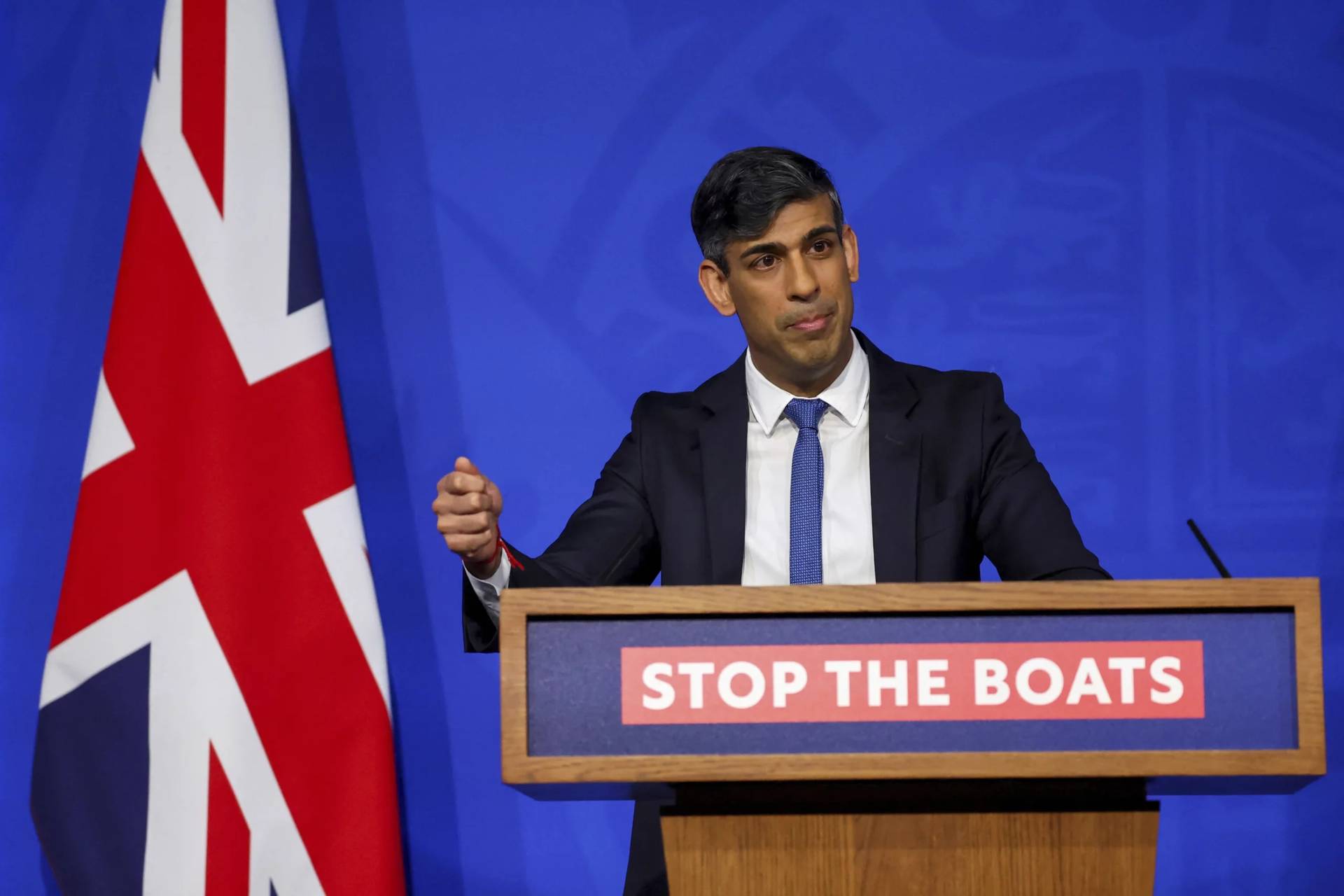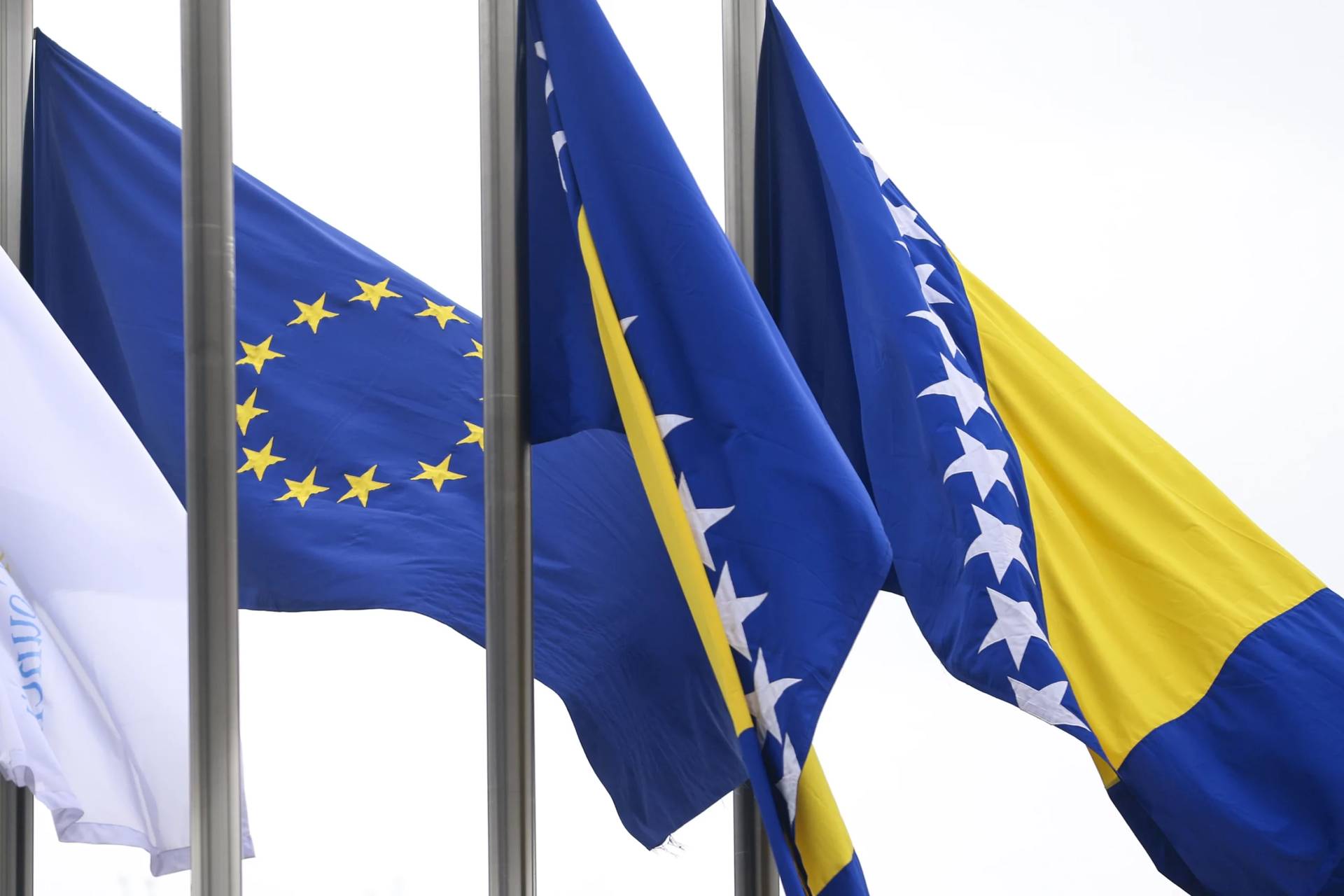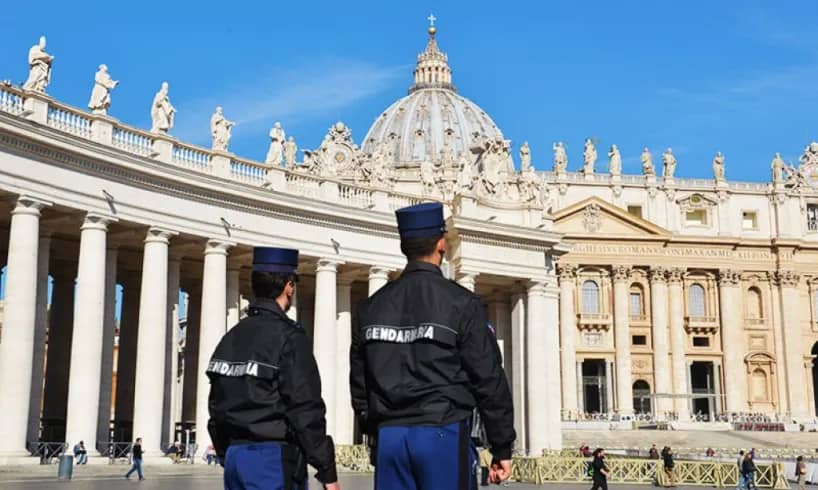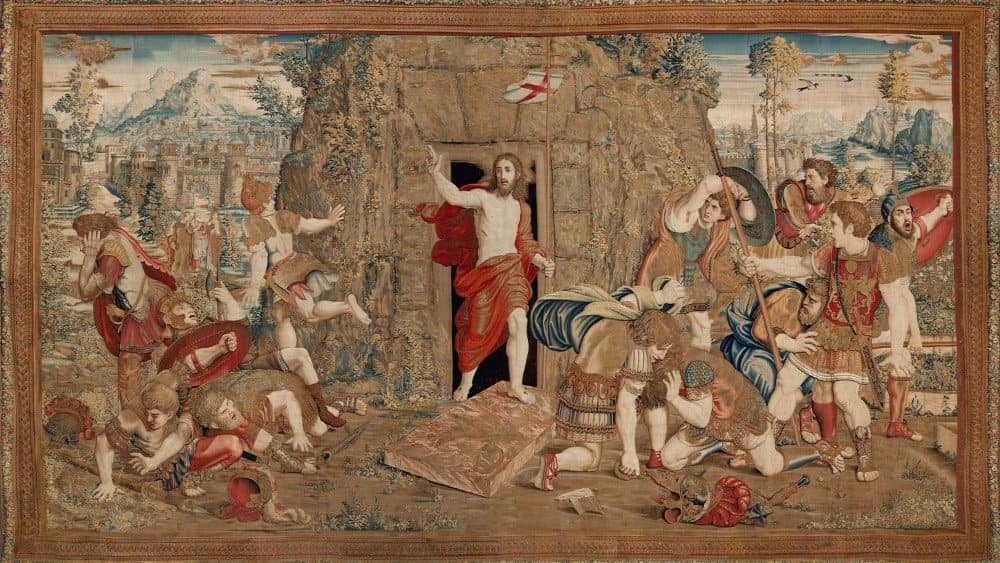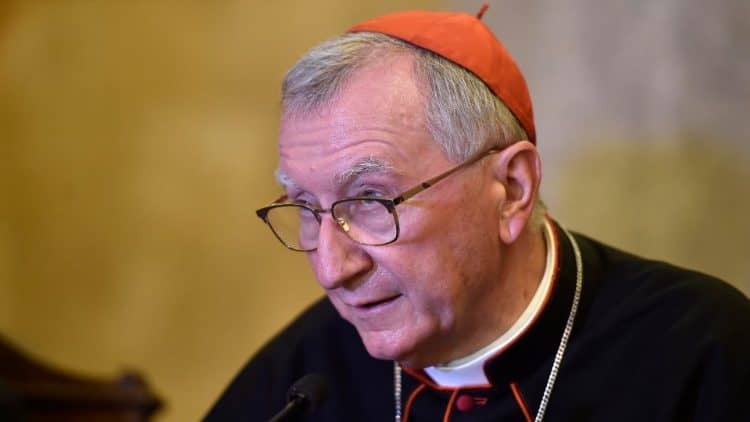ROME – Australian bishops spent the past week in Rome meeting with Pope Francis and the head of various Vatican offices, and the matter of Cardinal George Pell, convicted of historical sexual abuse but awaiting the result of his appeal, risked becoming the elephant in the room.
Yet, according to Archbishop Peter Comensoli of Melbourne, it didn’t, because it was directly addressed in most of the official conversations the 40 bishops had during their June 24-28 ad limina visit to Rome.
Though he wouldn’t reveal what was said about Pell, the archbishop told Crux on Thursday that there have been “two things” running through most of their meetings: The clerical sexual abuse crisis (Pell included), and the upcoming plenary council for the Church in Australia.
“The reality is that, in Australia, in a very real way, we stand at the feet of the Cross,” Comensoli said.
“The people who’ve been abused and their families, the devastation it’s caused, the suffering associated with that, the further traumatization that comes from the processes they’ve been put through in the past by the Church, all of that is part of the realness of where things are at.”
In addition, he noted the suffering of those who, without being survivors or members of their families, have been “traumatized” by the scandals, who are “disgusted by the way processes were applied.”
“There’s disillusionment, confusion, and any number of other adjectives,” he said.
Added to this, was the announcement of Pell’s sentence, which he said “was like a crash,” an “earthquake.”
“The ground is all broken, and we need to find ourselves a new ground,” Comensoli said. “And this was part of the content of the conversations we had in the different dicasteries and with the Holy Father.”
Comensoli spoke with Crux for close to an hour, discussing not only the ad limina visit but also the upcoming Pallium Mass of the Solemnity of Sts. Peter and Paul, where he’ll receive the pallium from the pope marking his appointment as Archbishop of Melbourne a year ago, and the plenary council – an extraordinary event in the life of a local church which will begin in October 2020.
According to Comensoli, the abuse crisis and the plenary council “travel together,” because one is a “very significant and defining part of the story of our reality, and the plenary council is meant to be the story of our future.”
“But you can’t tell the story of your future if you don’t get your reality right,” he said.
What follows are excerpts of the conversation Crux had with Comensoli on June 27.
Crux: You still have a day left, but how has the ad limina visit been so far?
Comensoli: I think pretty terrific, for a number of reasons. We decided to go on retreat together; it was our own decision, which we wanted to do ahead of the plenary council. But we ended up tying it to the ad limina and it was a wonderful occasion, a quasi-Ignatian retreat. Part of that retreat was an opportunity for us to share how the day had gone, and I was struck personally about the language we used with one another, of deep trust.
The Australian episcopal conference is a pretty tight group, but most of the time, we’re doing business with one another. Here we were talking about our personal lives.
Then we began the ad limina itself with Mass on the tomb of St. Peter, professed the faith together, had breakfast and had a 2 to 3 hour meeting with the successor of Peter. It was a very powerful experience.
I was in the ad limina eight years ago. It was a wonderful experience too, but the time you had with Benedict was some minutes. But it was minutes, being able to personally speak with the Holy Father. But now with Francis, it was the whole of us together. It was entirely informal. We began with a simple prayer. He asked us to be honest, say what we wanted to say, ask what we wanted to ask, and to know that it was private and would stay in the room, including if we had complaints about him or the Curia.
For me, it was spiritually intense.
Why?
Here we were, brothers with our brother. It wasn’t the Holy Father being corporate manager, but a man with his brothers. He’s pastorally astute. There was a spiritual intensity, a pastoral astuteness. The genuinely realistic nature of what we were asking, sharing, responding to.
Can you give us a preview of that conversation? Or what you asked him?
There were questions around the relationship between our church and the aboriginal people. This is something that is really important to the bishops that hasn’t yet surfaced strongly in the plenary council, but we’re particularly mindful of it. There are all sorts of dimensions to that, both in terms of the reality for our aboriginal people, but also on the elements of how things might be engaged.
What I brought up with him is the matter of the formation of our seminarians and priests. There’s a strong emphasis on the four pillars – human, intellectual, spiritual and pastoral. And I shared that there’s a fifth pillar that I believe needs to be considered, and that’s the local element. They’re not “generic” priests when they are ordained for a local church, for this people, at this time, for this place.
For the global Church there seems to be one common element, at least for the media, and that’s the clerical sexual abuse crisis. Did it come up this week?
Yes. There’s been two things that have been running through most of our meetings: the clerical abuse crisis and the plenary council.
The Holy Father, he’s realistic, pastorally astute, and despite the general opinion there seems to be about the laissez-faire way in what he says and how he says it, he was quite measured with us. He was very careful about remaining within the life of the Church. He genuinely is the Holy Father. He wants to know what is the reality of our local church.
And what is that reality?
The reality is that, in Australia, in a very real way we stand at the feet of the Cross. The people who’ve been abused and their families, the devastation it’s caused, the suffering associated to that, the further traumatization that comes from the processes they’ve been put through in the past by the Church. All of that is part of the realness of where things are at. And there are also the people who perhaps they themselves are not survivors or family members but members of communities that have been traumatized by all of this, who themselves are disgusted by the way processes were applied in the past. There’s disillusionment, confusion, and any number of other adjectives.
The experience when George Pell’s sentence came out publicly, it was like a crash. The language I’ve been using is that it’s been like an earthquake. The ground is all broken, and we need to find ourselves a new ground. And this was part of the content of the conversations we had in the different dicasteries and with the Holy Father.
It didn’t become the elephant in the room?
No, not at all. It hasn’t always been explicit, but at least implicitly.
The other thing that has been running through is the plenary council, and the two travel together. One is a very significant and defining part of the story of our reality, and the plenary council is meant to be the story of our future. But you can’t tell the story of your future if you don’t get your reality right.
You’re also in Rome because you’re receiving the Pallium from Pope Francis on Saturday.
I will receive the pallium from the pope, and when I get back to Australia, the nuncio will impose it on me. Those two things call for two parts in the life of the Church that must always be kept together: The universal and the local.
It’s an extraordinary coincidence that I’m receiving the pallium on the day it was announced that I would become the Archbishop of Melbourne, and it’s going to be imposed on me on August 1, the anniversary of my installation.
The other dimension [of Saturday] that is important for me is that I’m still trying to figure out what’s a metropolitan archbishop. If it’s anything somehow, it’s an expression of our responsibility to be shepherds, and receiving a garment made of wool, a garment of the faithful, and it’s appropriate that I carry it on my shoulders, carrying the flock that I was honored to be sent to shepherd.
Moving on to the plenary council… Can you explain in plain English what it is?
It’s a process. It has already begun, when the Holy Father said “yes, Australia you can hold a plenary council.” It’s the highest form of an action of the local church, in this case, a national church. It’s different from say, a synod, that might consider a pastoral area and lead to reflections and decisions about how something might then develop from that.
A plenary council is a legislative process, that leads not only to decisions, but to binding ones. They’re to be ratified by the pope. It’s not a synod, but it can be synodal. It could have been just the bishops by themselves and some canonically appointed people, but we’ve taken a broader approach.
What does “synodal” mean?
The word synod is “to walk together,” so something that is synodal is walking together, as a church: God’s people the laity; God’s people the religious; God’s people the clergy; and God’s people the bishops. In this walking together we just completed the first year of the process, that was about listening and dialoguing. Over 200,000 people participated in it. All of that material is now being analyzed and considered. And from this, six particular themes have come up. Now we’re going through them, preparing documents, and we will then have two assemblies, the first one taking place in October 2020.
What happens here will be processed into a series of documents, a lineamenta, trying to answer a key question: “What is God expecting from the Church of Australia at this moment.”
And then the bishops will make decisions. Up to that point, the whole of the Church in Australia is involved in one way or another in the process that leads to the decisions.
A plenary council is, in a sense, a national version of an ecumenical council.
What led the Church in Australia to embark on a plenary council?
A little before World Youth Day in 2008, the bishops began considering having a plenary council. It exists in canon law as a possibility. There was a lot of prayer about it. The decision was not to have one immediately. Instead, we had a year of grace. In a sense, the Church in Australia went on retreat for a year, where do we see the face of Christ in the life of our church?
After the year of grace we took up the question again, “is it the time for a plenary council?” Then came the Royal Commission [into institutional clerical sexual abuse], the height of the intensity of the abuse crisis. The bishops said that the life of the Gospel continues, and that we needed to see what God wants from us at this time, given the reality we were facing.
So we made a decision as a conference to petition for a plenary council, which the Holy See granted.
When you say that the plenary council can take “binding decisions,” some people cringe, others get their hopes up, depending on who you’re talking to and about what. What kind of decisions can a local church take that are binding?
They’re not in terms of doctrine, but on the local church. This is an expression of the local church that takes what is a part of the Church universally and sees how the Church universal and the local situation come together. It’s not going to be about changing of doctrine, because we simply can’t do that. To consider doctrinal matters is a universal reality. But how you apply doctrinal matters to particular circumstances of the local church will be discussed.
As an example, how do we continue to build on the life of this local church in Australia in terms of the indigenous people? Or what is the role of the laity in governance and management in the life of the Church, how does that need to look into the future?
Should lay people be more involved in the life of the Church, for instance, when it comes to investigating clerics after allegations of sexual abuse arise?
Should lay people be more involved in the life of the Church, absolutely. It’s not the Church otherwise. The Church is not the hierarchical dimension. As Pope Francis keeps emphasizing, the primary disposition of the Church is Marian, not Petrinian. We cannot genuinely be the Church that Christ left us without both. But, like Pope Francis, I believe there’s a primacy of the Marian element.
That Marian primacy comes out in two ways: The way Jesus came into the life of our world as a human being. But also, to follow the cross is to go to where a home is created. On the cross Jesus gives Mary to John and John to Mary, creating a new home, a new family. That is a very powerful image: The cross is a homemaker. And it’s deeply Marian.
The hierarchical element of the Church is beautiful and important, but when you look at it, we don’t have it in the Annunciation, and we don’t have it at the cross either. We might have it at the Last Supper, we might have it at the calling of the disciples, Pentecost or the resurrection when Jesus says the sins are forgiven when the apostles forgive them.
But at the Annunciation when God became one of us, and at the death of God’s Son, we have the Marian presence.
The reality in Australia is not that in the United States, or other countries. The relationship of bishops with their people in Australia is different. Since the 1990s we’ve had lay experts and at times completely objective involvement in the investigation of sexual abuse cases.
In Melbourne, we’ve had an independent commission and review board looking into compensation since 1996, and independent support and psychological support. All three have had a level of autonomy from the archdiocese and none have priests involved.
Follow Inés San Martín on Twitter: @inesanma
Crux is dedicated to smart, wired and independent reporting on the Vatican and worldwide Catholic Church. That kind of reporting doesn’t come cheap, and we need your support. You can help Crux by giving a small amount monthly, or with a onetime gift. Please remember, Crux is a for-profit organization, so contributions are not tax-deductible.







